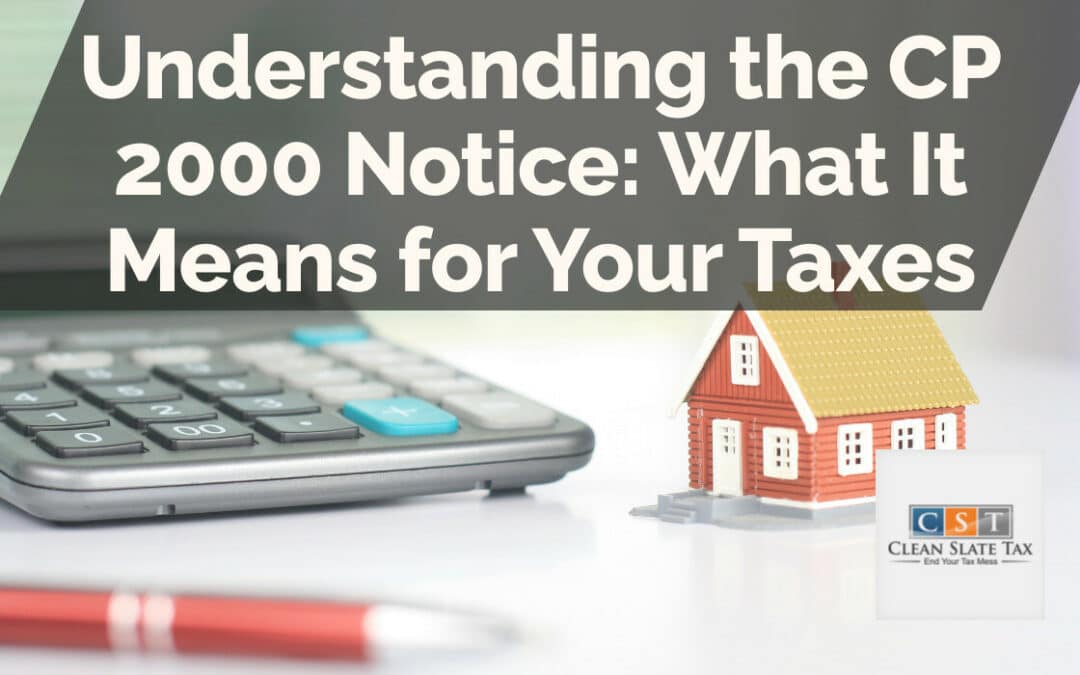The Internal Revenue Service (IRS), from time to time, sends out a particular type of notice known as the CP 2000. This notice is not a bill but rather an informational document that alerts you to discrepancies the IRS has identified between the information reported on your tax return and the data supplied to the IRS by third parties. With a sound understanding of the CP 2000 Notice, you can effectively respond and manage any potential tax implications.
What is a CP 2000 Notice?
A CP 2000 Notice, also known as an underreporter inquiry, is a correspondence sent by the IRS to taxpayers. It indicates that information received from third parties like employers or financial institutions does not match the income or payment information reported on the taxpayer’s tax return. It essentially aims to correct tax reporting inconsistencies.
Why do you get a CP 2000 Notice?
You may receive a CP 2000 notice due to various reasons. Perhaps the most common is when there is underreported or unreported income on your tax return. The other reasons may include erroneous credit or deduction claims, failure to report a transaction or an error made by the IRS itself.
How to Respond to a CP 2000 Notice?
When you receive a CP 2000 notice, it’s crucial to respond swiftly even if you believe it’s a mistake. Ignoring the notice won’t make it go away, and failure to reply can lead to further tax assessment and penalties.
-
Review the notice carefully: Your first step should be to fully understand why you have received the notice. This includes identifying the specific discrepancy and the proposed changes to your tax return.
-
Compare with your records: Once you understand the issue, compare the notice with your records, including the tax return in question and supporting documents.
-
Prepare your response: After reviewing and comparing the details, formulate your reply. If you agree with the changes, you should follow the instructions regarding payment. If you disagree, prepare a detailed explanation and gather all necessary supporting documents.
-
Send your response: Lastly, send your response by the date provided in the notice. If you need more time, communicate this to the IRS as soon as possible.
Frequently Asked Questions
What should I do if I think my CP 2000 notice is a mistake?
If you believe the CP 2000 Notice is a mistake, it’s essential to communicate this to the IRS promptly. Include a written explanation and supporting documents with your response.
What if I can’t afford to pay the additional amount on the notice?
If you’re unable to pay the additional tax liability in full, the IRS provides several options like payment plans and offers in compromise.
Understanding the CP 2000 Notice is vital to effectively responding and managing its potential implications on your taxes. By reacting promptly, comparing the notice details with your documents, and formulating a detailed response, you can navigate through this IRS inquiry with ease.





